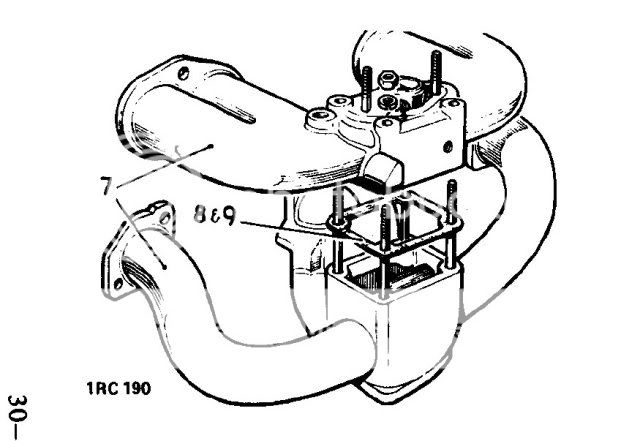IHMS
New Member
- Posts
- 36
- Location
- Nonthaburi, Thailand
Not sure, but my petrol carb is actually TOO HOT to even touch when sitting in traffic or not moving very fast. Its starts bucking and sputtering like I am getting vapor lock.
The manifold as you all know is attached to the intake (which I maintain was a bad idea) and the heat causes the intake to get blazing hot.
Can I do anything to quell this heat? In hot areas of the world (thailand in my case) can anything be done?
Thanks for your thoughts guys, you are always a well spring of insight.
The manifold as you all know is attached to the intake (which I maintain was a bad idea) and the heat causes the intake to get blazing hot.
Can I do anything to quell this heat? In hot areas of the world (thailand in my case) can anything be done?
Thanks for your thoughts guys, you are always a well spring of insight.

